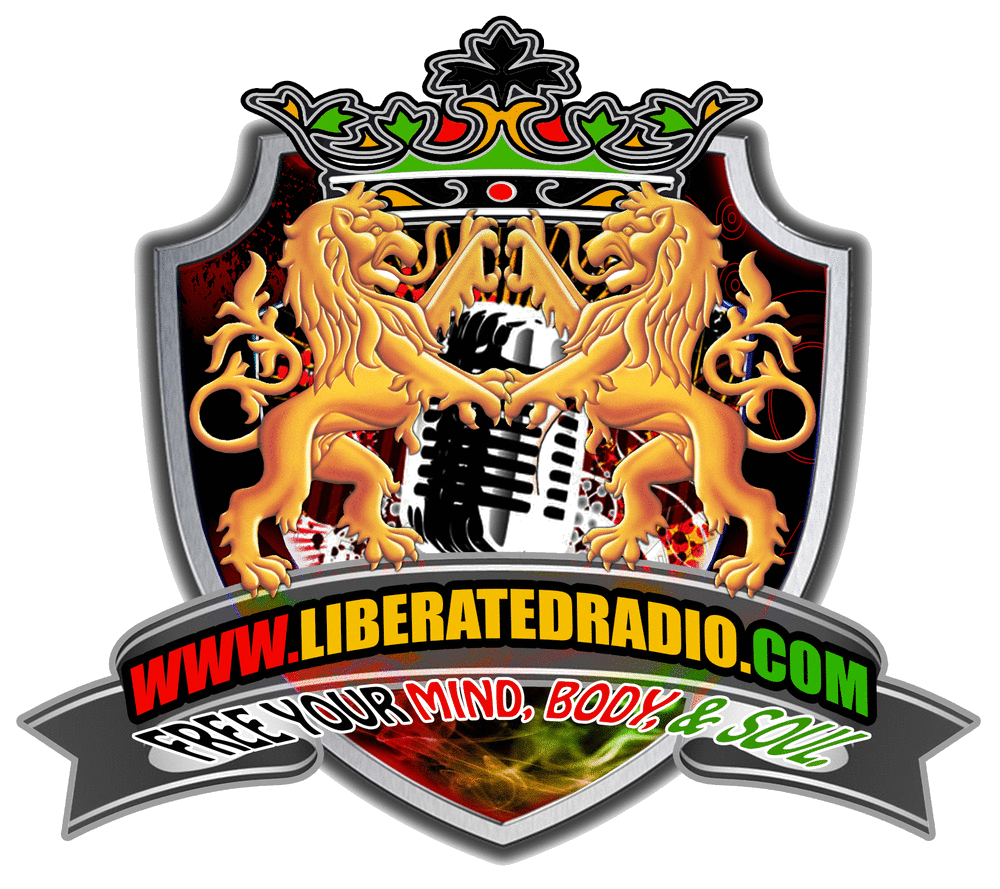https://youtu.be/eVCfp8WuAA0 The whole point of digital music is the risk-free grazing” Cory Doctorow, Canadian journalist and co-editor and of the off-beat blog Boing Boing, is an activist in favor of liberalizing copyright laws and a proponent of the Creative Commons non-profit organization devoted to expanding the range of creative works available for others to build upon legally and to share. Doctorow and others continue to write prolifically about the apocalyptic changes facing Intellectual Property in general and the music industry in specific. In this article, we will explore the cataclysm facing U.S. industry through the portal example of the music industry, a simple industry in comparison to those of automotive or energy. However, in the simplicity of this example we may uncover some lessons that apply to all industries. In his web-article, “The Inevitable March of Recorded Music Towards Free,” Michael Arrington tells us that music CD sales continue to plummet alarmingly. “Artists like Prince and Nine Inch Nails are flouting their labels and either giving music away or telling their fans to steal it… Radiohead, which is no longer controlled by their label, Capitol Records, put their new digital album on sale on the Internet for whatever price people want to pay for it.” As many others have iterated in recent years, Arrington reminds us that unless effective legal, technical, or other artificial impediments to production can be created, “simple economic theory dictates that the price of music [must] fall to zero as more ‘competitors’ (in this case, listeners who copy) enter the market.” Unless sovereign governments that subscribe to the Universal Copyright Convention take drastic measures, such as the proposed mandatory music tax to prop up the industry, there virtually exist no economic or legal barriers to keep the price of recorded music from falling toward zero. In response, artists and labels will probably return to focusing on other revenue streams that can, and will, be exploited. Specifically, these include live music, merchandise, and limited edition physical copies of their music. According to author Stephen J. Dubner, “The smartest thing about the Rolling Stones under Jagger’s leadership is the band’s workmanlike, corporate approach to touring. The economics of pop music include two main revenue streams: record sales and touring profits. Record sales are a) unpredictable; and b) divided up among many parties. If you learn how to tour efficiently, meanwhile, the profits–including not only ticket sales but also corporate sponsorship, t-shirt sales, etc.,–can be staggering. You can essentially control how much you earn by adding more dates, whereas it’s hard to control how many records you sell.” (“Mick Jagger, Profit Maximizer,” Freakonomics Blog, 26 July 2007). In order to get a handle on the problems brought about by digital media in the music industry, we turn to the data most relied upon by the industry. This data comes through Neilsen SoundScan which operates a system for collecting information and tracking sales. Most relevant to the topic of this column, SoundScan provides the official method for tracking sales of music and music video products throughout the United States and Canada. The company collects data on a weekly basis and makes it available every Wednesday to subscribers from all facets of the music industry. These include executives of record companies, publishing firms, music retailers, independent promoters, film entertainment producers and distributors, and artist management companies. Because SoundScan provides the sales data used by Billboard, the leading trade magazine, for the creation of its music charts, this role effectively makes SoundScan the official source of sales records in the music industry. Quo vadis? According to Neilsen Soundscan, “In a fragmented media world where technology is reshaping consumer habits, music continues to be the soundtrack of our daily lives. According to Music 360 2014, Nielsen’s third annual in-depth study of the tastes, habits and preferences of U.S. music listeners, 93% of the country’s population listens to music, spending more than 25 hours each week tuning into their favorite tunes.” For most Americans, music is the top form of entertainment. In a 2014 survey, 75% of respondents stated that they actively chose to listen to music over other media entertainment. Music is part of our lives throughout all times of the day. One fourth of music listening takes place while driving or riding in vehicles. Another 15% of our weekly music time takes place at work or while doing household chores. It has become no surprise over the past five years that CD sales have diminished while download listening and sales have increased. Bob Runett of Poynter Online comments, “Start waving the cigarette lighters and swaying side to side–the love affair between music fans and their cell phones is getting more intense. Phones with music capabilities will account for 54 percent of handset sales globally in five years, according to a report consulting firm Strategy Analytics Inc. The report suggests that we keep watching the growth of cellular music decks (CMDs), devices that deliver excellent sound quality and focus on music more than images.” (“A Few Notes About Music and Convergence,” 25 November 2014) Stephen J. Dubner summed up the mess quite well almost a decade ago. “It strikes me as ironic that a new technology (digital music) may have accidentally forced record labels to abandon the status quo (releasing albums) and return to the past (selling singles). I sometimes think that the biggest mistake the record industry ever made was abandoning the pop single in the first place. Customers were forced to buy albums to get the one or two songs they loved; how many albums can you say that you truly love, or love even 50% of the songs–10? 20? But now the people have spoken: they want one song at a time, digitally please, maybe even free.” (“What’s the Future of the Music Industry? A Freakonomics Quorum,” 20 September 2007). Like many of us, I (Dr. Sase) also have worked as a musician/producer/engineer/indie label owner releasing esoterica since the 1960s. While occasionally made an adequate living off my music,






